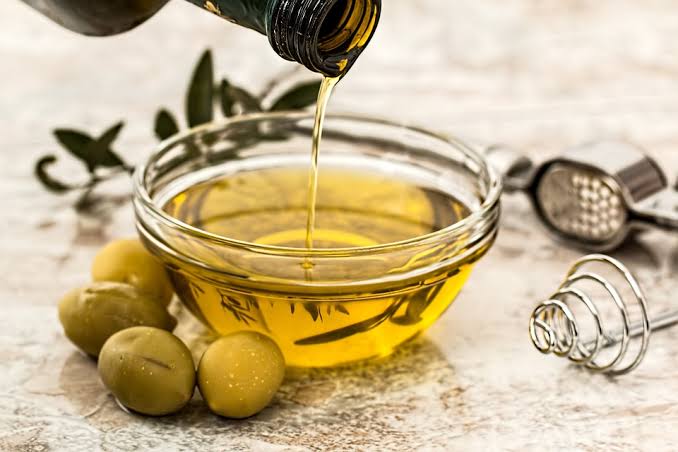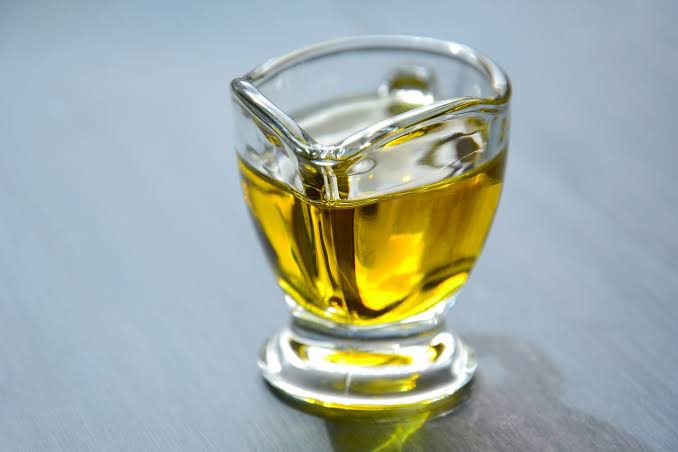Olive oil has long been celebrated for its health benefits and culinary uses. With its rich flavor and versatile applications, it has become a staple in many kitchens worldwide. However, within the realm of olive oil, there exists a more exclusive and revered variety known as extra virgin olive oil (EVOO). While both oils are derived from olives, they possess distinct characteristics that set them apart.
This comprehensive article aims to shed light on the ten major differences between olive oil and extra virgin olive oil. By delving into their production methods, chemical composition, flavor profiles, nutritional attributes, and culinary uses, we will explore why extra virgin olive oil has earned a reputation as the superior choice among olive oil enthusiasts. Additionally, we will debunk common misconceptions surrounding these oils and provide insights for making informed decisions when incorporating them into your daily culinary adventures.
10 Major Differences Between Olive Oil and Extra Virgin Olive Oil
| Difference | Olive Oil | Extra Virgin Olive Oil |
|---|---|---|
| Production Process | Often a blend of cold-pressed and processed oils | Strictly cold-pressed from fresh olives |
| Quality | Varies in quality and can include lower-grade oils | Highest quality, free from defects and impurities |
| Acidity Level | Higher acidity levels, up to 3.3% | Very low acidity, typically below 0.8% |
| Flavor Profile | Milder flavor with less distinct olive notes | Rich, robust flavor with pronounced olive notes |
| Taste Test | Suitable for cooking, baking, and frying | Best enjoyed raw, drizzled over dishes |
| Nutritional Benefits | Contains essential fatty acids and antioxidants | Rich in heart-healthy monounsaturated fats |
| Smoke Point | Lower smoke point, not ideal for high-heat cooking | Higher smoke point, suitable for sautéing |
| Price | More affordable compared to EVOO | Typically more expensive due to higher quality |
| Shelf Life | Longer shelf life due to processing | Shorter shelf life due to minimal processing |
| Labeling Standards | Vague or inconsistent labeling regulations | Stringent labeling regulations for authenticity |

Production Process
Olive oil is often a blend of various oils, including both cold-pressed and processed oils. In contrast, extra virgin olive oil is made solely from the first cold-pressing of fresh olives, with no additional processing involved.
Quality
Olive oil’s quality can vary, and it may sometimes include lower-grade oils, making it less consistent in taste and aroma. On the other hand, extra virgin olive oil boasts the highest quality, being free from defects and impurities.
Acidity Level
Olive oil tends to have higher acidity levels, ranging up to 3.3%. In contrast, extra virgin olive oil maintains very low acidity, typically below 0.8%, which contributes to its superior taste and quality.
Flavor Profile
Olive oil generally possesses a milder flavor with fewer distinct olive notes. On the contrary, extra virgin olive oil offers a rich, robust flavor profile, featuring pronounced olive notes that enhance the culinary experience.
Taste Test
Owing to its milder taste, olive oil is a suitable choice for cooking, baking, and frying, as it complements other ingredients without overpowering them. Extra virgin olive oil, with its bold flavor, is best enjoyed raw, drizzled over dishes, salads, or used as a dipping oil.
Nutritional Benefits
Both olive oil and extra virgin olive oil provide essential fatty acids and antioxidants beneficial for overall health. However, extra virgin olive oil boasts higher levels of heart-healthy monounsaturated fats, making it a preferred choice for health-conscious individuals.
Smoke Point
Olive oil has a lower smoke point, meaning it is not suitable for high-heat cooking methods such as deep-frying or searing. In contrast, extra virgin olive oil has a higher smoke point, making it ideal for sautéing and other medium-heat cooking techniques.
Price
Olive oil tends to be more affordable compared to extra virgin olive oil, primarily due to the variation in quality and processing methods. Extra virgin olive oil commands a higher price due to its stringent production standards and superior taste.
Shelf Life
The processing involved in olive oil production gives it a longer shelf life compared to extra virgin olive oil. The minimal processing of extra virgin olive oil contributes to its shorter shelf life, necessitating proper storage and consumption within a reasonable timeframe.
Labeling Standards
Labeling regulations for olive oil can be vague and inconsistent, making it challenging for consumers to discern its quality and authenticity. Conversely, extra virgin olive oil is subjected to stringent labeling regulations to ensure its purity, origin, and adherence to quality standards.
Conclusion
Olive oil and extra virgin olive oil may seem similar at first glance, but they possess significant differences in terms of production process, quality, acidity levels, flavor profiles, culinary uses, nutritional benefits, smoke points, pricing, shelf life, and labeling standards. Extra virgin olive oil, with its strict production methods and superior taste, stands out as the preferred choice for those seeking the finest quality and distinctive olive flavor in their culinary endeavors. By understanding these differences, consumers can make informed choices when selecting the ideal oil for their cooking and health needs.



 For all latest articles, follow on Google News
For all latest articles, follow on Google News